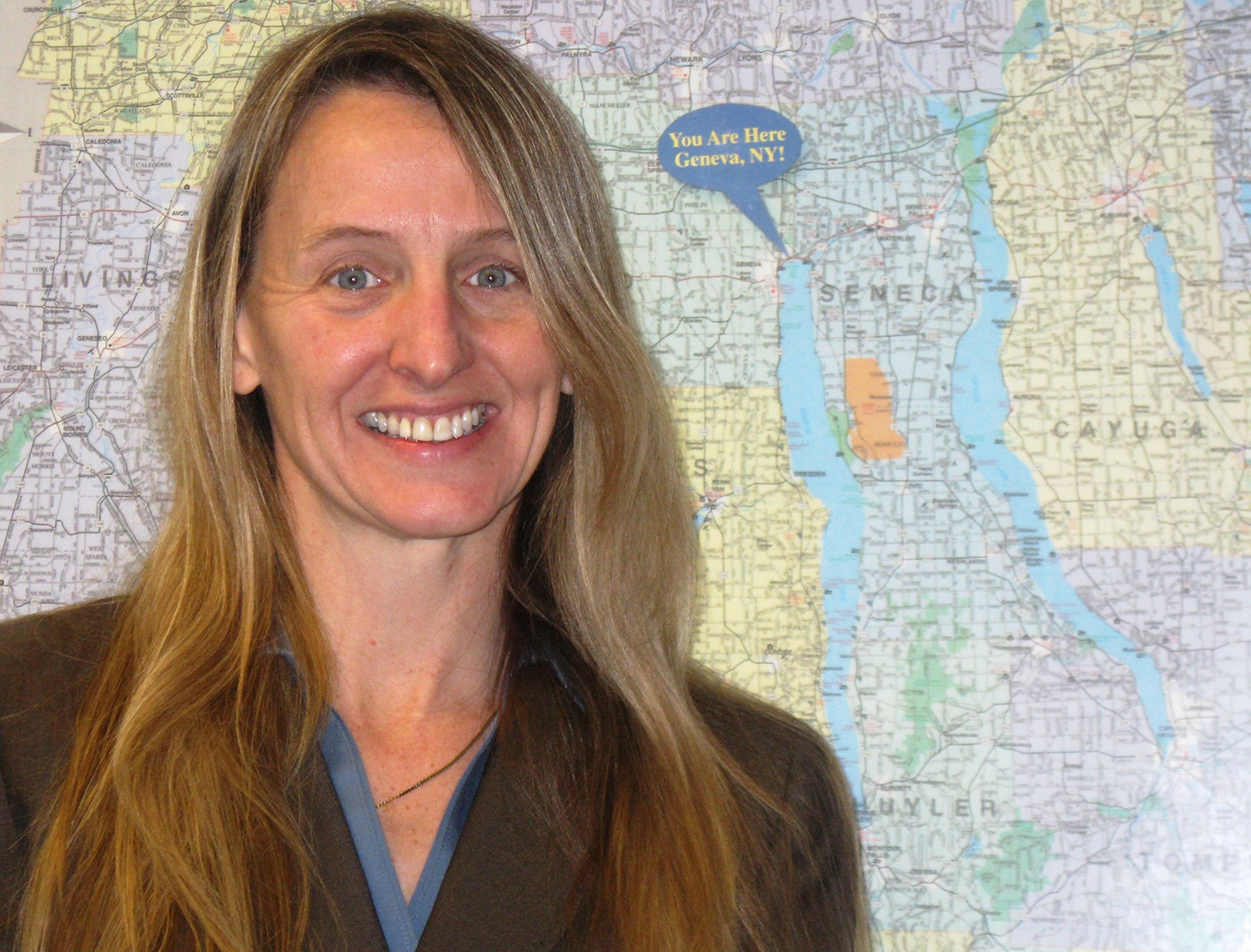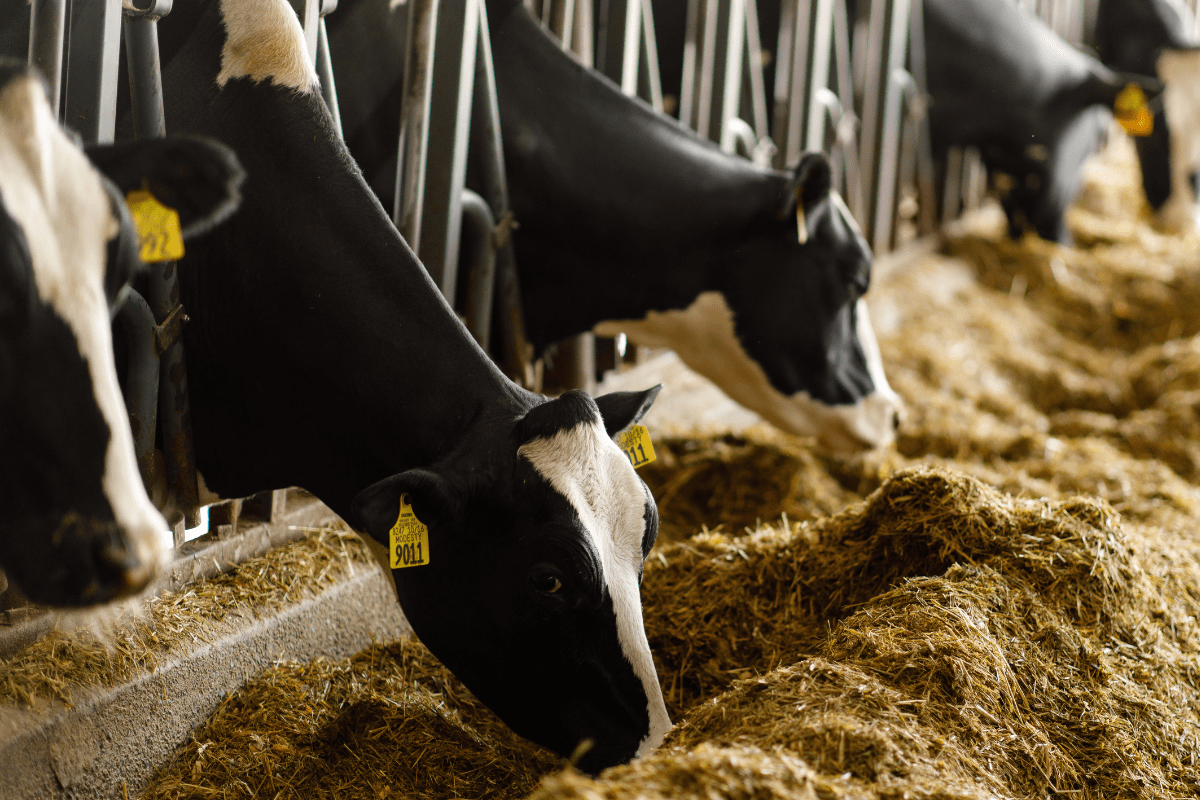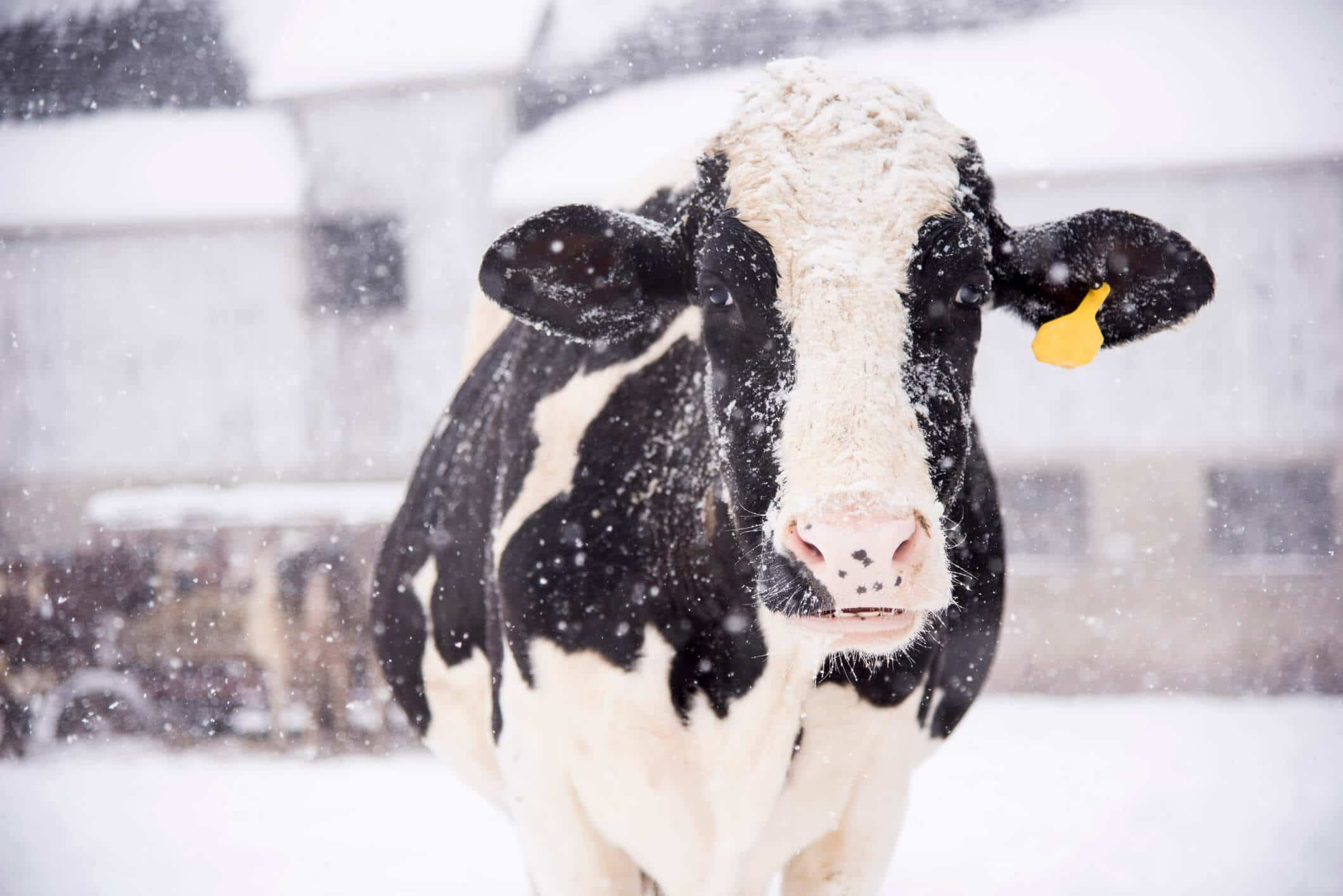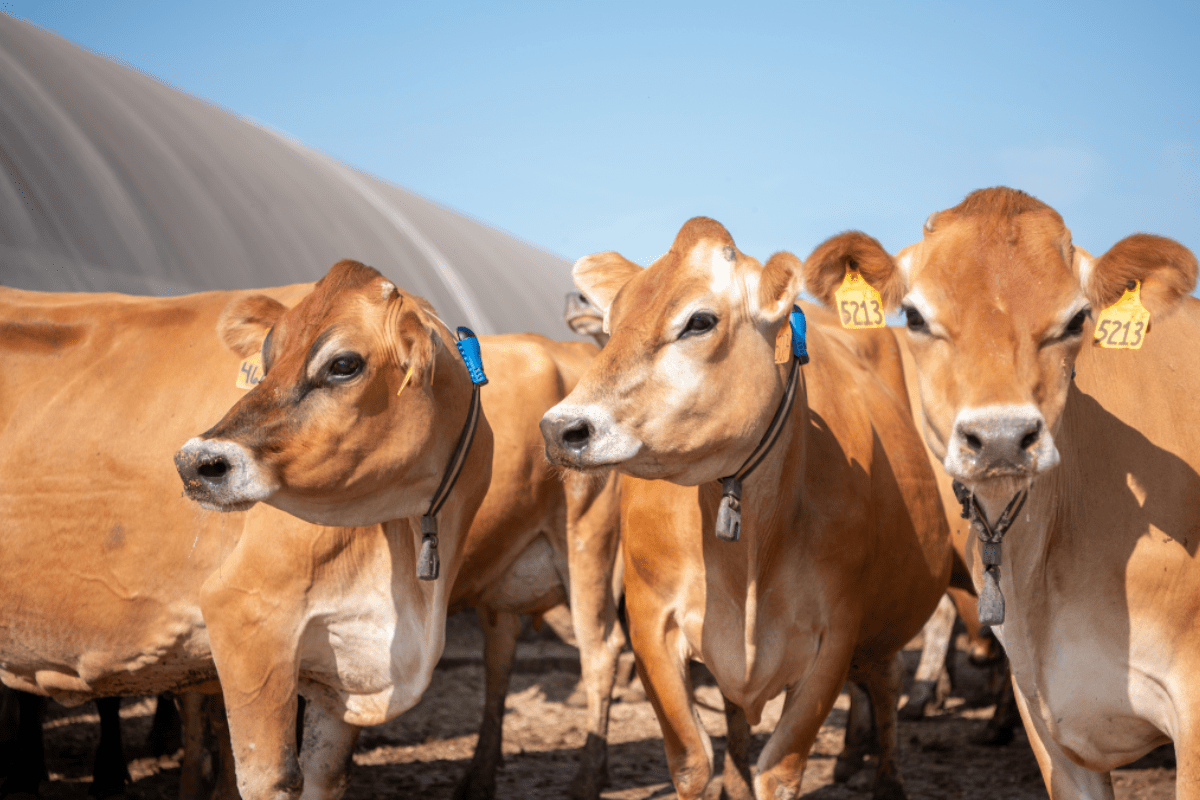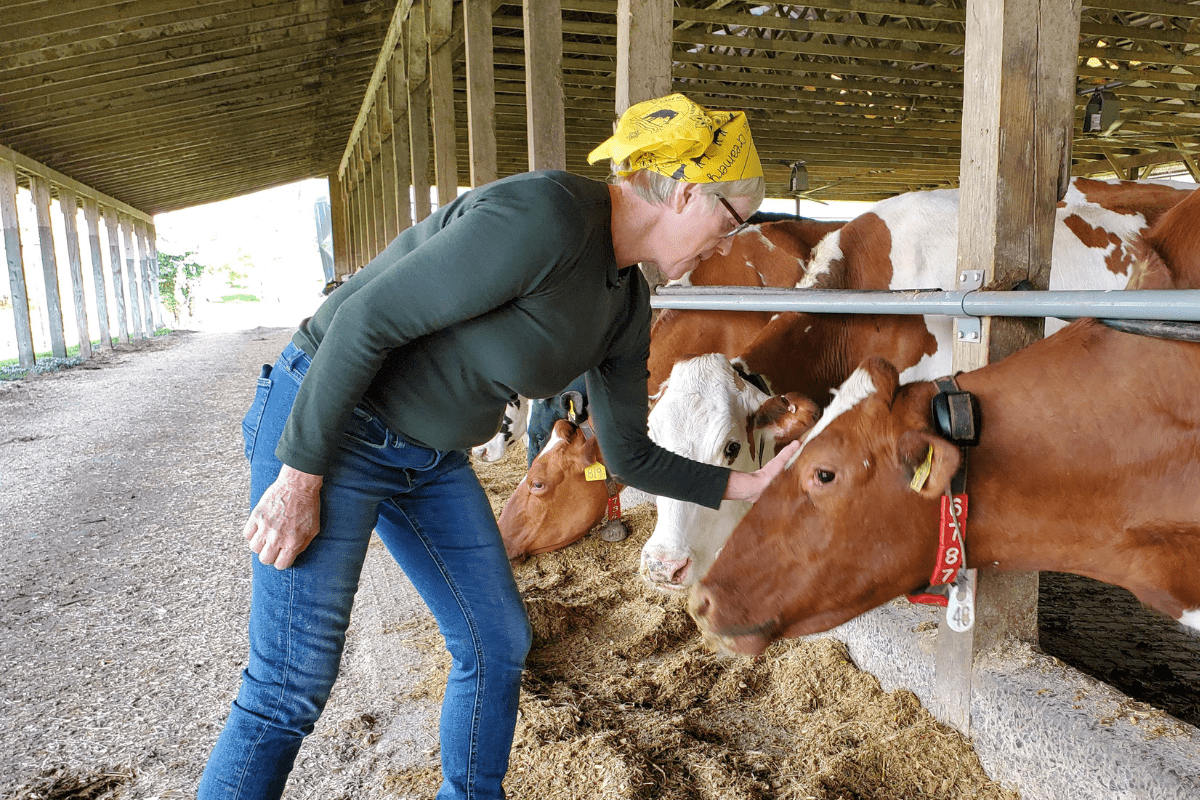Rain. Rain. More rain. It’s been that kind of a summer. How’s your garden holding up with all the rain? Is the soil washing away? Are there gullies left behind from water runoff? It could be the soil that’s the problem instead of the rain.
Nearly 200 farmers gathered at the Pennsylvania No-Till Alliance Summer Field Day at Hershey Farms to learn about improving soil health through no-till farming by sharing their experiences with one another. No-till is a form of conservation tillage that plants crops directly into the previous crop residue without disturbing the land by cutting into it.
What’s the big deal about having healthy soil?
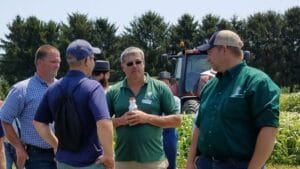
Jim Harback of Schrack Farms has been no-tilling on his dairy farm for over 50 years. He explained that soils are made up of sand and clay and different particles. The composition of the soil acts like a glue and is what holds the soil together. A healthy soil should be nice and crumbly says Harbach, “It’s like a crushed stone in your driveway, the pieces don’t fit tightly together so you’ve got a lot of air space.” Air space in the soil is critical, says Harbach. It’s what helps plant roots grow deep and absorbs water. The combination allows the soil to breathe better, protecting the biology of the soil. That means all living organisms thrive — with the beneficial bugs eating insects that are harmful to crops and other insects eating seeds that would grow into weeds – without the use of herbicides and insecticides.
To Till or No-Till
It depends on each individual farm. “I think research shows that we lose half our earthworms every time we till the soil and earthworms are very critical – and we’re trying to restore that land through no-till, through cover crops, through soil health,” says Harbach. He’s in favor of no-till. Other farmers say it’s something to consider. Since no two farms are the same, each farmer has to take into consideration their geographical location, soil composition, and a host of other things others before deciding if no-till is right for their farm. Harbach understands the need to weigh the options, “By itself no-till is not the answer. It’s just one of the tools farmers have in being able to create good soil structure.”
Soil structure
“Most people have a garden in their backyard, and when you till your garden and go out on it after an inch or two of rain and step on that soil, you’ll sink into your ankle. But when you walked across the yard to get there and you didn’t leave a mark on the grass — that’s the soil structure we’re talking about,” says Harbach. His farm also uses cover crops that are grown to “cover” and protect the soil during times when the primary crop is not growing. The goal is to keep the soil covered at all times.
Patience required

Summer Field Day host Jim Hershey says farmers need to experiment with different cover crops to figure out what will work best for them. He tells them to expect it to take 5 to 6 years and trial-and-error to get to good soil health. Hershey demonstrated how Hershey Farms uses a variety of cover crop mixes – like ryegrass, clover and radishes – to see what works. The cover crop helps with weed control until it’s time to plant the cash crops like corn or soybeans. In a field demonstration, no-till machinery rolled down the sorghum cover crop and showed how, at the same time, seeds for the next crop would have been then planted directly afterward.
Good for the land… and water
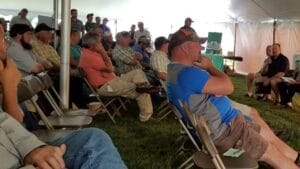
There are other benefits to no-till and cover crops. Eric Risser, of Meadow Vista Dairy, LLC, who answered questions as part of a farmer panel, noticed his farm has less soil erosion, more consistent crop yields, and he says, it’s also less labor intensive. “That’s a huge benefit! There’s less trips across the field because you’re not working the ground and you don’t have to wait for the ground to dry out if you work it every time because the ground conserves moisture,” said Risser, who thinks no-till is just better treatment of the environment.
“As our soil gets healthier it absorbs more water and by doing that, it keeps the soil out of the Chesapeake Bay,” says dairy farmer Leroy Bupp, of Bupplynn Farms, who’s advocates for no-till and cover cropping through collaboration and education.

